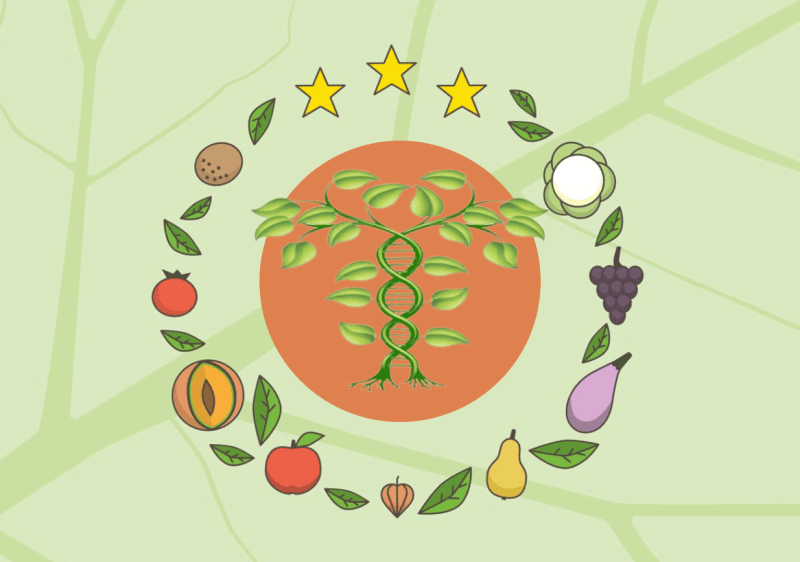Parliament adopted its position for negotiations with member states on the Commission proposal on New Genomic Techniques (NGTs), which alter the genetic material of an organism, with 307 votes to 263 and 41 abstentions.
The objective is to make the food system more sustainable and resilient by developing improved plant varieties that are climate resilient, pest resistant, and give higher yields or that require fewer fertilisers and pesticides.
Currently, all plants obtained by NGTs are subject to the same rules as genetically modified organism (GMOs). MEPs agree with the proposal to have two different categories and two sets of rules for NGT plants. NGT plants considered equivalent to conventional ones (NGT 1 plants) would be exempted from the requirements of the GMO legislation, whereas other NGT plants (NGT 2 plants) would still have to follow stricter requirements. MEPs want to keep mandatory labelling of products from both NGT 1 and NGT 2 plants.
MEPs also agree that all NGT plants should remain prohibited in organic production as their compatibility requires further consideration and want the Commission to report on how consumers and producers’ perception of the new techniques is evolving, seven years after its entry into force.
NGT 1 plants
For NGT 1 plants, MEPs want to amend the size and number of modifications needed for a NGT plant to be considered equivalent to conventional plants. To ensure transparency, MEPs agree to set up a public online list of all NGT 1 plants.
NGT 2 plants
For NGT 2 plants, MEPs agree to maintain most of the requirements of the GMO legislation, which is among the strictest in the world, including the authorisation procedure.
To incentivise their uptake, MEPs agree to accelerate the risk assessment procedure for NGT 2 plants expected to contribute to a more sustainable agri-food system, but underline that the so-called precautionary principle must be respected.
Ban on all patents filed for NGT plants
MEPs want a full ban on patents for all NGT plants, plant material, parts thereof, genetic information and process features they contain, to avoid legal uncertainties, increased costs and new dependencies for farmers and breeders. They also request a report by June 2025 on the impact of patents on breeders’ and farmers’ access to varied plant reproductive material as well as a legislative proposal to update EU rules on intellectual property rights accordingly.
Quote
After the vote, rapporteur Jessica Polfjärd (EPP, SE) said:
NGTs are crucial to strengthen Europe’s food security and to green our agricultural production. The new rules will allow the development of improved plant varieties that can ensure higher yields, be climate resistant or which require fewer fertilisers and pesticides. I hope member states will soon adopt their position so we can adopt the new rules before the European elections and give the farmers the tools they need for the green transition.
Next steps
Parliament is now ready to start negotiations with EU member states on the final law.
Background
The European Food Safety Authority has evaluated potential safety issues of NGTs. Several NGT products are already or in the process of becoming available on the market outside the EU (e.g. bananas in the Philippines that do not go brown, with the potential to reduce food waste and CO2 emissions).































